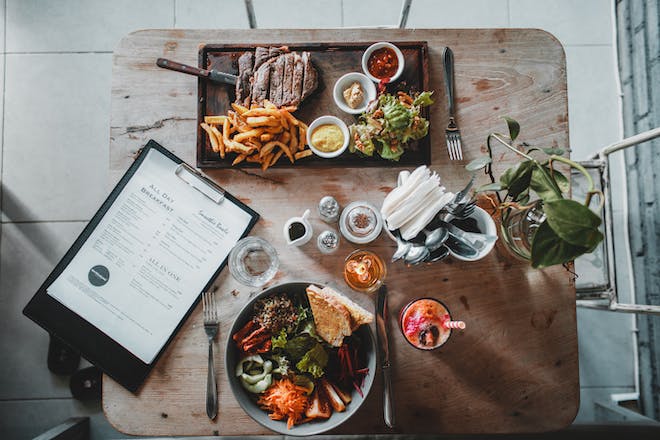Reverse Sear Steak Temp: Your Guide to Perfection
When it comes to preparing a steak, the reverse sear steak temp is a game-changer for achieving that perfect doneness. This method involves cooking the meat at a low temperature before searing it for a flavorful crust. Here’s how to master the technique.
The Basics of Reverse Searing a Steak
The reverse sear is a technique that starts with cooking the steak at a low temperature, typically in an oven, and finishing it with a high-heat sear on a pan or grill. This method allows for greater control over the cooking process, ensuring a more evenly cooked interior and a beautifully seared exterior.
Choosing the Right Cut and Prepping Your Steak
Thicker cuts of steak, such as ribeye or filet mignon, are ideal for reverse searing. Before you begin, let your steak reach room temperature and season it generously with salt and pepper. This will help in achieving an even cook and a savory crust.
Setting the Right Oven Temperature
Preheat your oven to a low temperature, around 200-275°F (93-135°C). The low heat will cook your steak slowly, minimizing the risk of overcooking while allowing the entire steak to come to a uniform temperature.
Cooking Your Steak to the Perfect Internal Temperature
Place your steak on a wire rack over a baking sheet and insert a meat thermometer into the thickest part of the steak. For a medium-rare finish, aim for an internal temperature of about 110-115°F (43-46°C) before searing. If you prefer medium, aim for 120-125°F (49-52°C).
The Art of the Sear
Once your steak reaches the desired internal temperature, it’s time to sear. Preheat a heavy skillet over high heat and add a high-smoke-point oil. Sear the steak for 1-2 minutes on each side, until a deep brown crust forms. For added flavor, baste with butter, garlic, and fresh herbs in the final minutes of cooking.
Resting Your Steak is Crucial
After searing, let your steak rest for about 10 minutes before slicing. This allows the juices to redistribute throughout the meat, ensuring a juicy and tender bite.
Final Thoughts on Cooking Temperatures and Techniques
The reverse sear method offers a reliable way to cook steak to your desired level of doneness. Remember, patience is key, and using a meat thermometer will help you avoid guesswork and ensure perfection every time.
